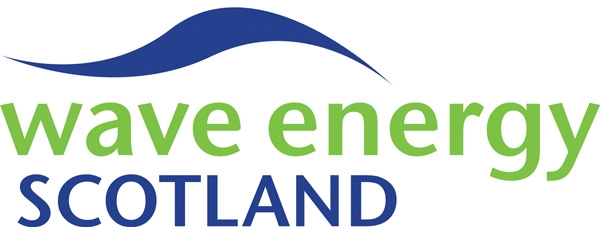Lead contractor
University of Edinburgh
Overview
An aspect that must be considered as part of the future wave energy deployments is how multi-MW capacities can be delivered while streamlining installation and maintenance activities. One potential solution for this is to deploy multiple devices on a single platform, similar to those used in the floating offshore wind (FOW) sector. This solution also has the potential to allow additional cost savings through sharing of infrastructure such as moorings, electrical cables and other equipment.
Although the techno-economic study carried out by Offshore Wind Consultants Limited highlighted that wind farm developers are currently unlikely to consider co-location of wind and wave on the same platform from a technical risk and economic standpoint, platforms developed for FOW applications could still potentially be utilised separately for wave systems. If proven to be technically feasible for this application, these platforms could be manufactured using the same production lines as developed for FOW.
A key factor in understanding whether such multi-wave absorber platform (MWAP) systems are conceptually attractive is to understand how wave power capture is influenced by hydrodynamic interactions between the wave energy absorbers, and between the absorbers and the platform structure.
To gain insight into this aspect, Wave Energy Scotland and the University of Edinburgh, led by the FloWave Ocean Energy Research Facility, have utilised a combination of numerical simulations and tank testing to gain insight into how hydrodynamic interactions influence the performance of MWAP systems.
Generic interpretations of the systems that could make up an MWAP have been utilised, with the resulting outputs focusing on the relative behaviour between different layouts and restraint configurations rather than specific behaviours or absolute values.
The system layouts that were considered over the course of the project include MWAPs hosting 3x and 9x wave absorbers, or solo devices installed either in isolation or in a comparably spaced 9x WEC array (with no platform). The restraint configurations included fixed or floating moored systems for the platform layouts, and heave-only or pitching and rolling systems for the solo WECs. The numerical modelling also investigated two approaches to implement constraints, the outcomes and limitations of which are presented in detail.
Multi-Wave Absorber Platform Project Summary
This report presents a summary of the MWAP project, including the rationale behind the design approach and how this was implemented in both the physical and numerical modelling undertaken. Key outcomes of the modelling work are identified, along with potential improvements that could be made in any subsequent or similar future studies.

